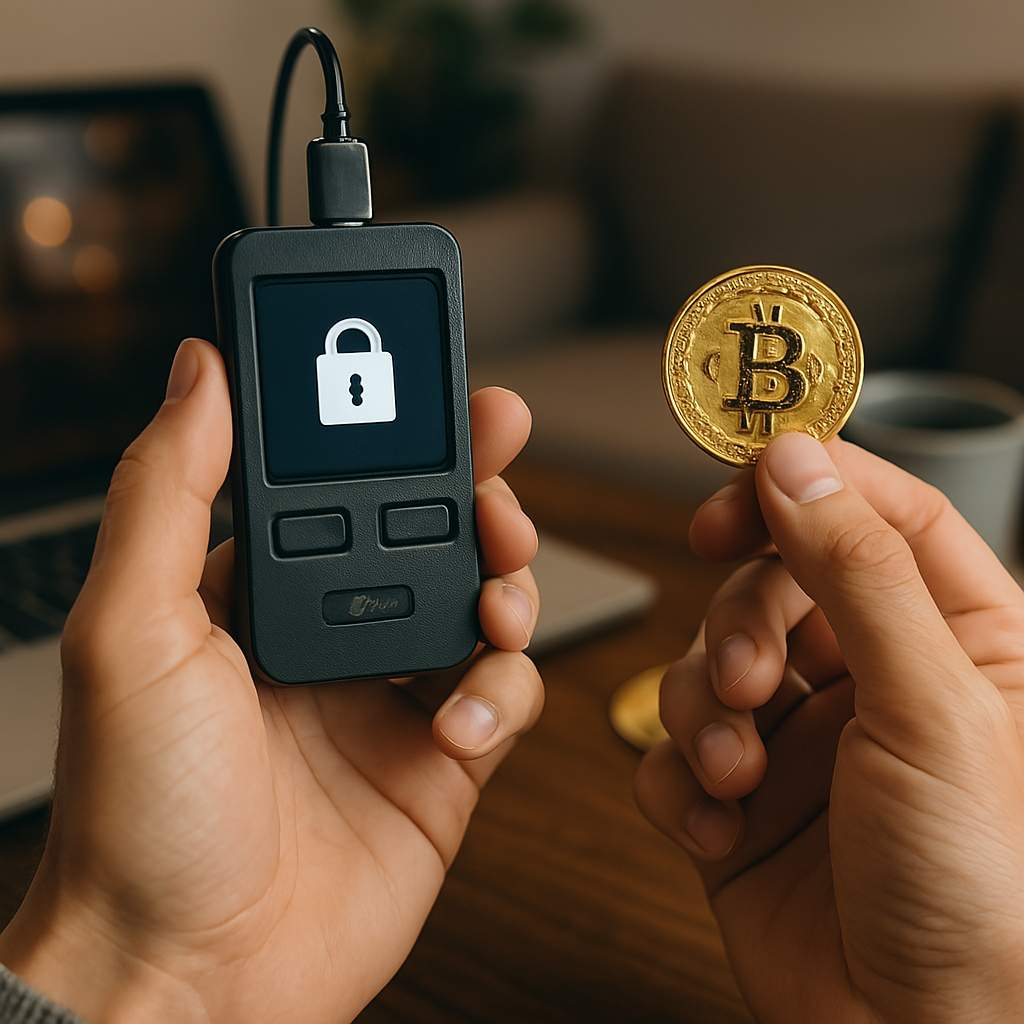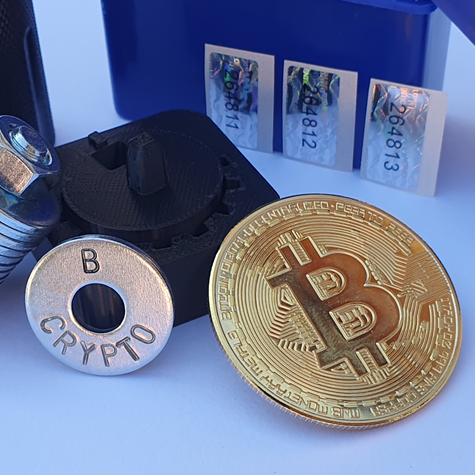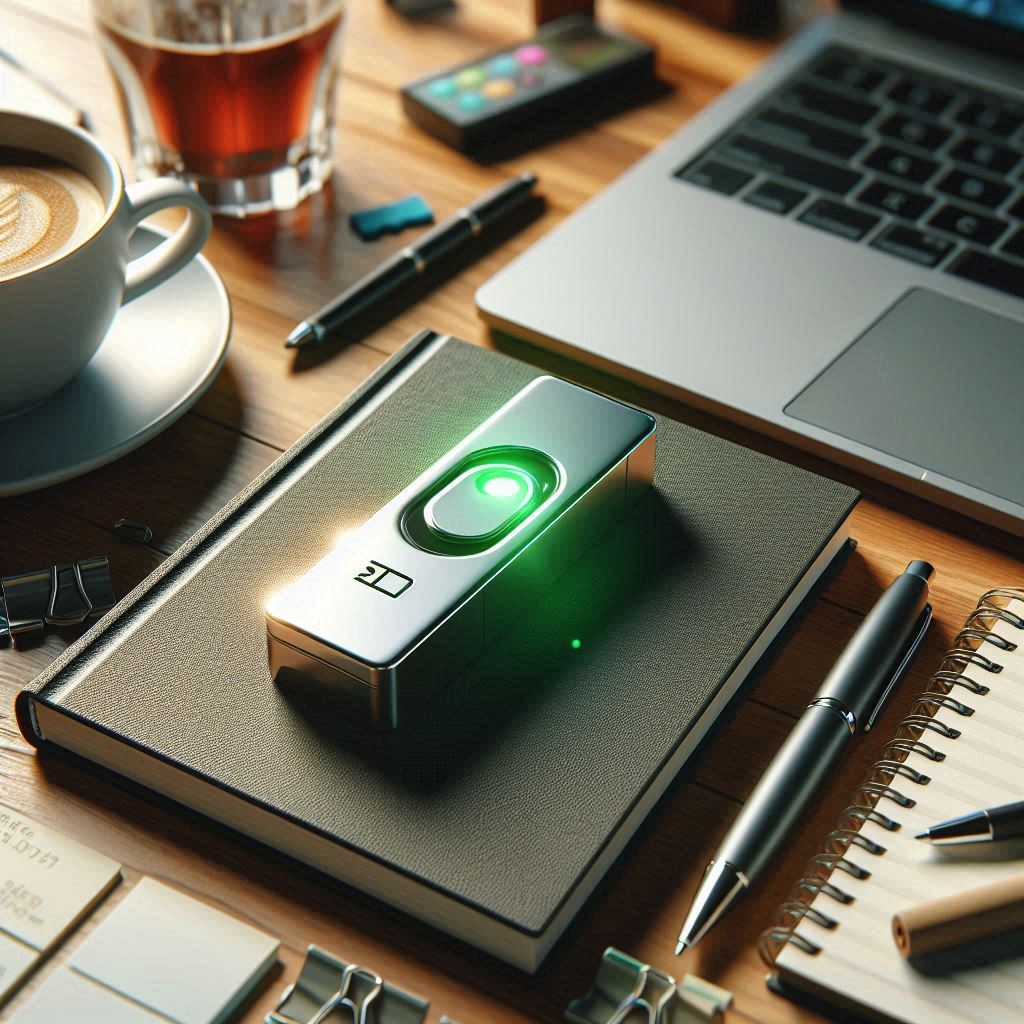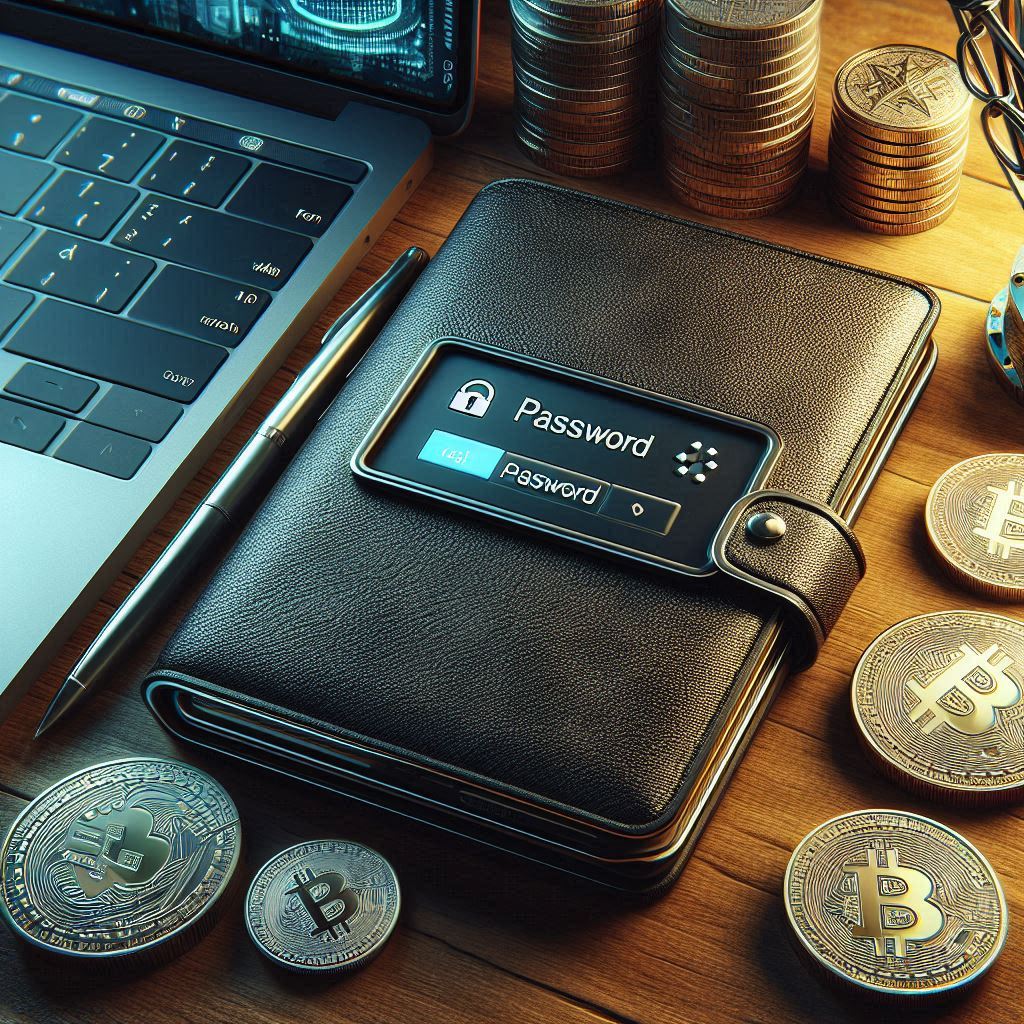Bitcoin self custody has become a priority for anyone who wants to truly own their crypto. Why? Because leaving your digital assets on an exchange comes with some serious downsides—think hacks, sudden freezes on withdrawals, or even corporate bankruptcies. If you haven’t heard it before, remember: “Not your keys, not your coins.”
In this blog post, we’ll unpack what self custody means, why it’s vital, and how you can set up your own bitcoin wallet for maximum security. Ready to explore the world of cold storage, hardware wallets, and best practices for protecting your private keys? Let’s dive in. By the end, you’ll walk away with actionable tips on how to store your Bitcoin safely and keep it out of reach from prying eyes.










